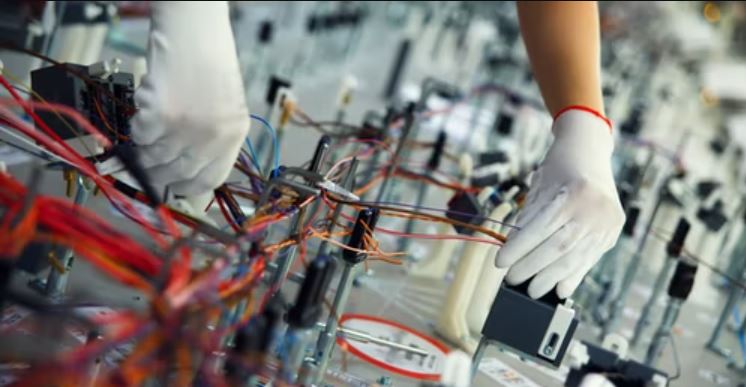Six factors that impact complexity-related costs, and how to automate for success

Every version of a wiring harness increases costs throughout the manufacturing process. Think about it: additional inventory equates to additional complexity-related costs. But the price tag associated with harness “complexity” is difficult to quantify and often estimated with simplistic rules-of-thumb. For example, most automotive companies focus on the piece cost of each variation of the harness (also called the harness level). Yet an automotive wiring harness rarely has just a single part number that can be ordered and installed in a vehicle. This approach ignores both the additional costs that are not captured in the piece cost and the financial impact of having numerous harness levels.
In today’s competitive harness manufacturing environment, businesses need to be able to accurately measure and manage complexity costs. Let’s look at just how complex calculating complexity costs has become, and how automation can lead to more accurate cost modeling and optimization.
How to make complexity cost management less complex
There are thousands of variables that can impact the cost of designing, manufacturing and shipping a wiring harness. Even the prevailing ocean currents might affect the amount of fuel required for an ocean freighter carrying harness parts to cross the Pacific. Similarly, there are many factors specifically related to managing harness levels that can drive up complexity costs. Although different businesses will be impacted differently by each one, here are five of the most common:
1. Engineering and development
Each level in the harness design requires time and effort to engineer and validate. Accordingly, every time a level is added, that time and effort increases – as do the costs associated with them.
2. Production
Tooling must exist for each and every harness level. So, costs increase any time the production line is shut down to enable tooling changes for manufacturing a different level. Furthermore, these costs include labor down time and physically changing fixtures.
3. Inventory/logistics
The moreharness levels, the more inventory is required because it’s impossible to know what the assembly plant will order. As the pipeline gets thicker, more storage space or brick-and-mortar building space are needed.
4. Sequencing
In the final assembly plant, line workers retrieve parts from one or more bins located near their working stations. Certainly as the number of harness levels rises, the chances for mistakes increase and there often isn’t enough floor space to store all of the bins needed.
5. Obsolescence
At the end of a production year, new parts are often required due to new feature content. Sometimes old model year parts can be used; sometimes they can’t. Basically, the process of reworking parts and the loss associated with scrapping material can be a significant cost.
6. Mistakes
Any process that has human interaction can result in errors. While the number and severity of mistakes can be limited through automation, even state-of-the-art tools and methodology rely on some manual tasks.
Using automation to improve modeling and optimization
Automotive OEMs and wiring harness manufacturers operate with razor-thin margins. As a result, it’s become essential to use automation to more accurately manage harness complexity-related costs. Digital solutions, such as Capital from Siemens Digital Industries Software, use sophisticated computer algorithms to quickly balance the thousands of variables involved in each harness level and arrive at an optimal solution. By quantifying the complexity-related costs in harness variations in order to model them, the solution can optimize for these costs. Wiring harness engineers simply adjust a few variables in the models (i.e., to simulate a new business contract) to easily recalculate complexity costs and fully understand the impact on their businesses. To learn more, download our whitepaper, Optimizing the cost of variety in wiring harnesses.
Like what you just read? Check our our recent series of wiring harness blogs!
- How to improve wiring harness manufacturing efficiency? Let me count the ways
- A tale of two formboards: How to improve merged formboard efficiency
- Building blocks for better wiring harness manufacturing engineering
- Fast and accurate wire harness costing.


